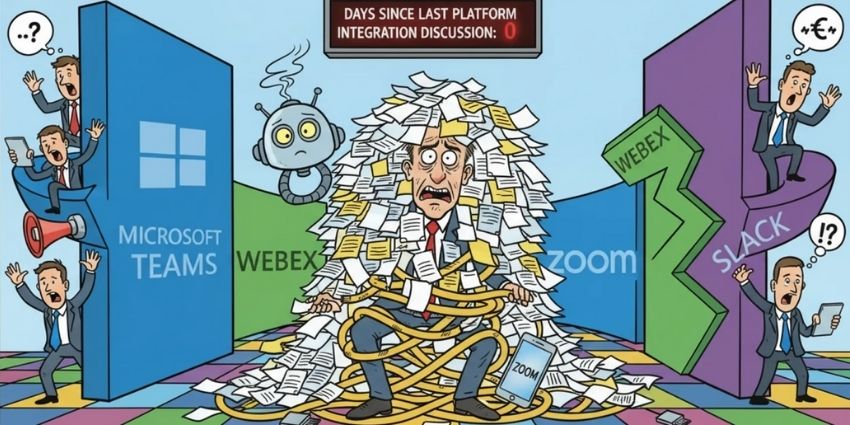As the number of UK COVID-19 cases continues to grow, the government has issued several recommendations for businesses and consumers alike. One of the steps suggested by the government is that UK employees should be staying home whenever possible.
Already, huge brands like OMD, Crossrail, and Chevron have implemented remote working policies for their team members. Even Twitter has announced that they’re encouraging their 5,000 team members to stay at home.
With a new influx of cloud-based employees, COVID-19 is marking a crucial moment in the evolution of the workplace. This is a make or break moment for many companies, that need to reassess how well prepared they are to deal with sudden workplace changes. Everything from travelling to meetings to commuting to work could be decreased in the weeks to come.
Fortunately, just because your office is changing doesn’t mean that productivity has to stop. Meetupcall, a leader in collaboration and conferencing solutions, has released its advice on how to cope with the new landscape.
Here are the company’s top tips.
1. Deal with the Demand for Remote Work
The first step recommended by Meetupcall is that companies need to face up to the fact that remote work might be necessary. The widespread infection with COVID-19 has now been deemed “highly likely”. There’s a risk of up to 80% of the country getting the illness.
Handing team members a laptop and telling them to work at home isn’t enough. Companies need a disaster plan in place, which includes deciding how businesses can remain operational if the office needs to close. Meetupcall recommends bringing leaders together from across the business to plan for various scenarios.
2. Evaluate the Things that May be Affected
Next, companies need to map out the roles and tasks of each employee or department and place them into categories. It’s important to distinguish the work that can be done from home, and what requires an office premises.
Even if you believe that work can’t be done remotely, Meetupcall recommends challenging that assumption. After all, the modern cloud environment and the growth of mobile coverage in the current landscape is making a lot of remote work more possible today. Although certain jobs do require a physical presence, parts of a job may be available to manage from home.
3. Audit and Look for Gaps
Next, examine your existing hardware and software for gaps that would reduce adoption. Employees are going to need access to devices that can connect to the internet. Laptops and mobiles are a good start, but they may need desktop computers too. Additionally, software that supports collaboration will be essential. Internal collaboration tools will help employees to stay in touch.
Meetings, both with internal and external individuals will require immersive conferencing solutions like Meetupcall to replace in-person conversations. The entire workforce should be trained on how to use these tools efficiently.
4. Decide on a Communication Plan
According to Meetupcall, one of the major challenges of working remotely is keeping the entire business in contact. It’s vital for companies to think about how everyone can stay connected with the right communication channels. Email updates, video conferencing tools, and collaboration strategies need to be implemented before disaster has a chance to strike.
In addition to solutions for internal communications, business leaders will also need to come up with ways of deciding how to communicate with clients and customers, as well as when and how teams will coordinate to hold meetings. Conference call providers like Meetupcall can be useful here.
5. Review Remote Working Success
Finally, companies need to assess the overall success of a remote working strategy to help optimise and improve the solution. It’s important for team members to reflect on which aspects of their remote strategy are working, and which aren’t so that that fixes can be implemented.
Depending on the outcome of your analysis, you might choose to implement some elements of your remote working strategy permanently. For instance, you could replace business meetings with more cost-effective and efficient conference calls.
Meetupcall notes that global health issues like coronavirus don’t just cause panic amongst the public, they an also lead to significant disruption in business environments too. However, ensuring that you have the right disaster plan in place makes it easier to mitigate the problems that COVID-19 might present in your business.
COVID-19: Ultimate Guide to Free Video Conferencing & Collaboration







